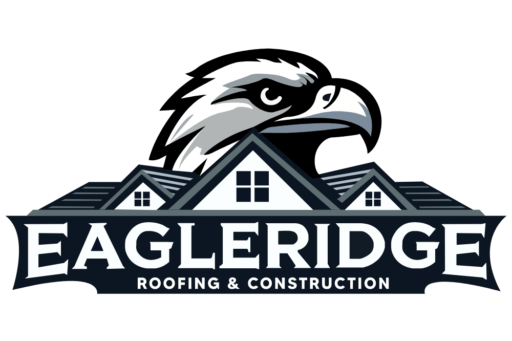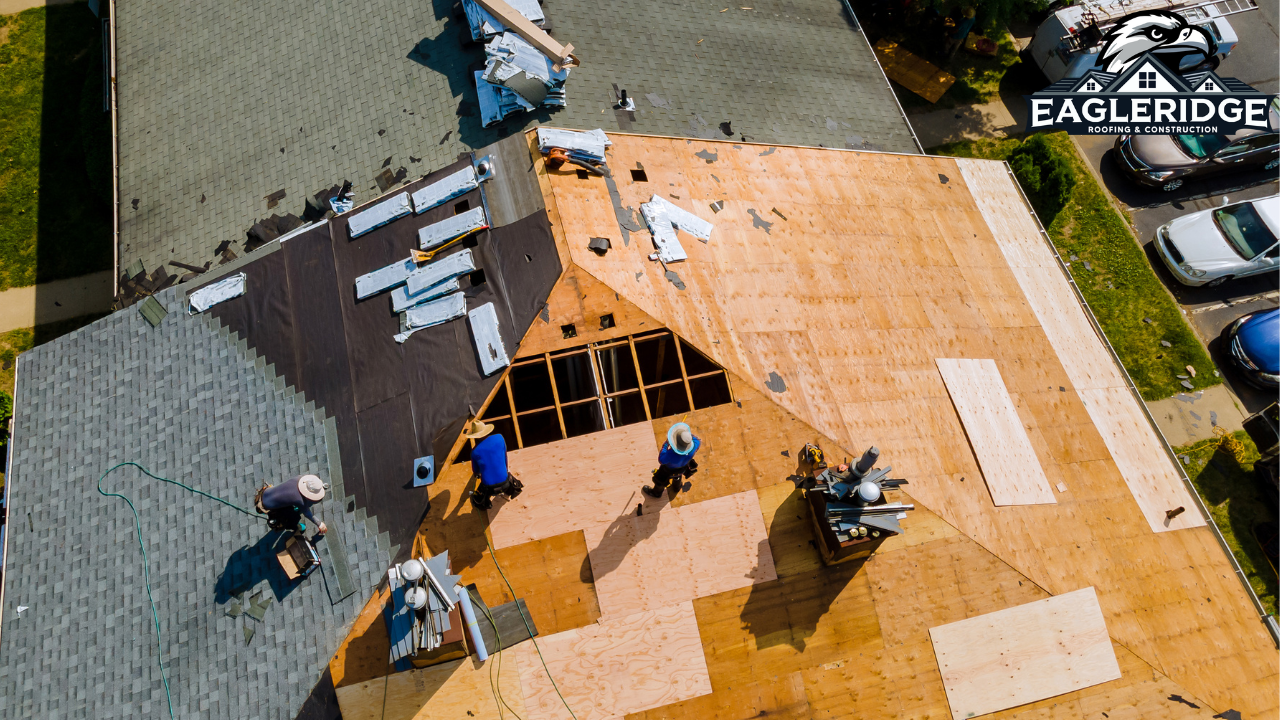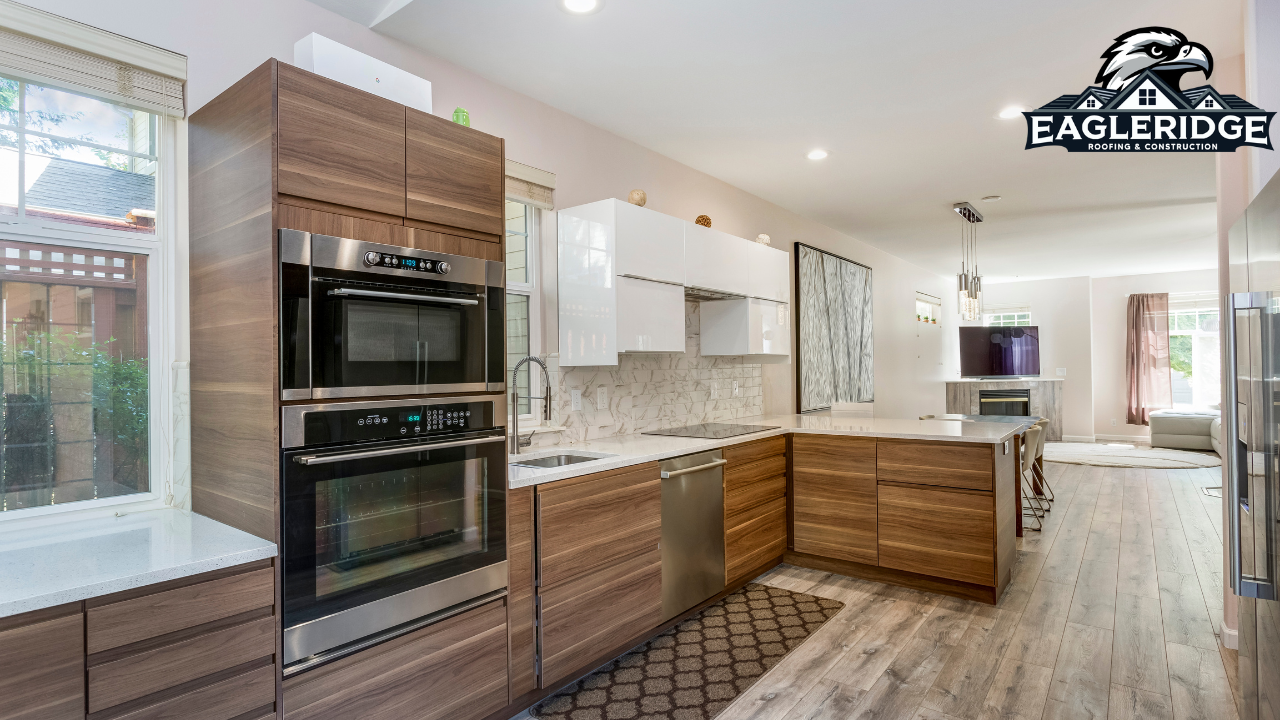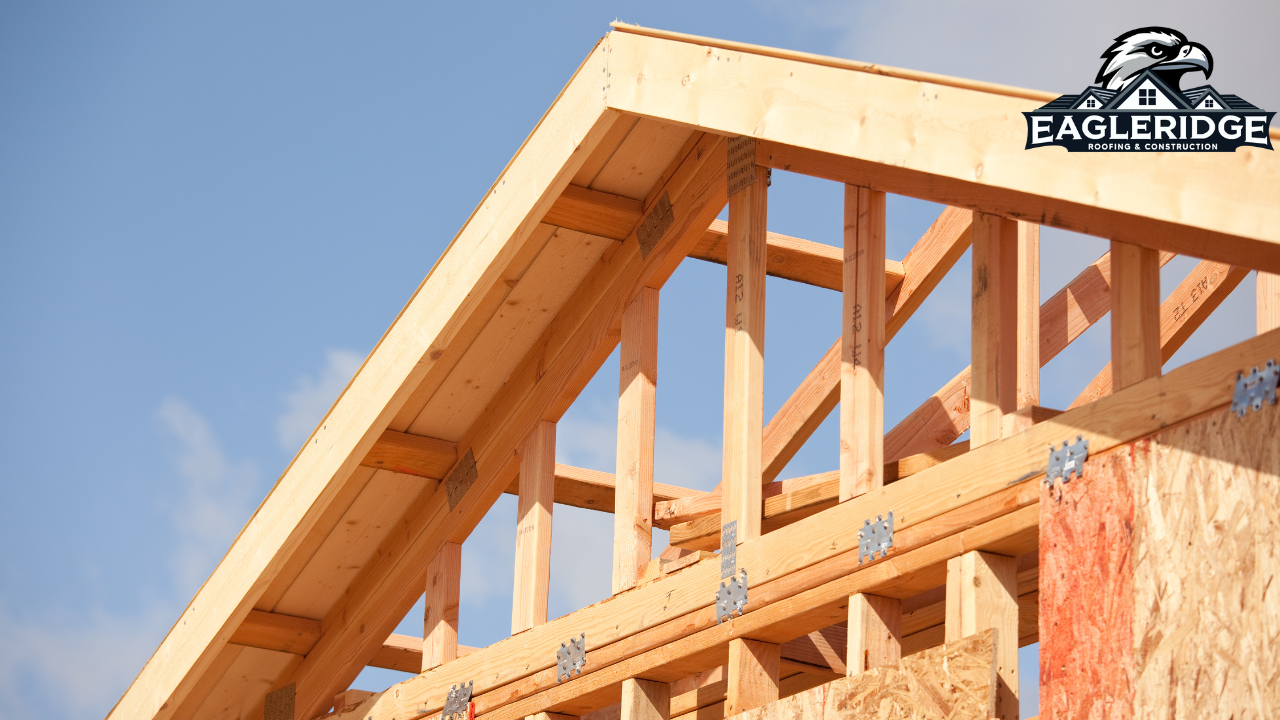Building codes in Utah markedly impact roofing choices by mandating compliance with safety, durability, and energy efficiency standards suitable for the state's diverse climate. They require specific materials and installation methods that adhere to structural integrity, load capacity, fire resistance, and ventilation guidelines. Approved materials like asphalt shingles, metal, and clay tiles must demonstrate weather and thermal resistance to handle temperature fluctuations and snow loads. Following these codes guarantees long-term roof performance and safety. Understanding these regulations is crucial for executing cost-effective and compliant roofing projects, providing insights into Utah's unique construction environment. Explore further for detailed insights.
Understanding Utah's Building Codes
When selecting roofing options in Utah, it is vital to understand the state's building codes, which are designed to secure safety, durability, and energy efficiency.
Compliance with these codes assures that roofing materials and installation methods meet specific structural standards.
Contractors must adhere to guidelines regarding load requirements, fire resistance, and proper ventilation.
Understanding these regulations is key for choosing appropriate roofing solutions that align with legal and safety standards.
Climate Considerations for Roofing
Utah's diverse climate greatly influences roofing decisions, necessitating materials that can withstand both hot summers and cold, snowy winters.
To effectively address these conditions, consider the following:
- Thermal Resistance: Materials must manage large temperature variations.
- Snow Load Capacity: Roofs should support heavy snowfall to prevent structural damage.
- Wind Resistance: Strong winds require durable roofing systems to maintain integrity.
These factors are essential for ideal roofing performance.
Approved Roofing Materials
Selecting the appropriate roofing materials for Utah's climate requires a careful evaluation of durability, efficiency, and compliance with local building codes.
Approved materials include asphalt shingles, metal roofing, and clay tiles.
Each material must meet state standards for weather resistance and thermal performance.
Additionally, they should be capable of withstanding Utah's unique seasonal variations, ensuring both long-term protection and adherence to regulatory requirements.
Navigating Compliance and Costs
Maneuvering the complexities of compliance and costs in roofing projects requires a strategic approach that balances regulatory adherence with financial prudence.
Builders must:
- Evaluate Local Codes: Confirm the chosen materials and methods meet Utah's specific requirements.
- Estimate Costs: Analyze the financial impact of compliance on the overall budget.
- Seek Expert Guidance: Engage professionals to navigate regulations efficiently.
This guarantees successful project execution.
Our services
Utah's building codes significantly impact roofing choices, requiring adherence to standards that ensure safety and durability. The state's climate necessitates selecting materials capable of enduring harsh weather conditions. Approved materials must comply with code requirements, balancing cost and effectiveness. Understanding these regulations is crucial for material selection and budgeting. Compliance with building codes ensures that roofing solutions are legally compliant and suitable for Utah's unique environmental demands.
Looking for the best roofing contractors in Utah? Contact EagleRidge Roofing Company today for all your roofing needs! Serving Salt Lake City, Provo, Orem, and the entire Wasatch Front, we offer:
✓ Expert Roof Repairs
✓ New Roof Installations
✓ Roof Replacements
✓ Free Roof Inspections
✓ Storm Damage Specialists
✓ Residential & Commercial Roofing
Don't let a leaky roof ruin your home! Our skilled Utah roofers use top-quality materials to keep your property safe and dry. From shingle roofs to metal roofing, we do it all. Get a free roof inspection today by calling (801) 784-1457.




